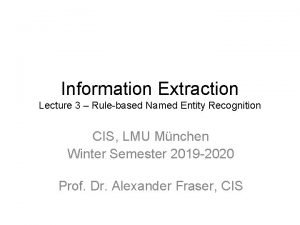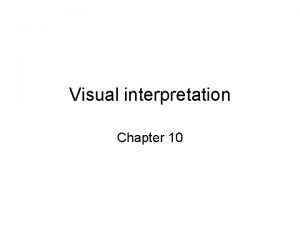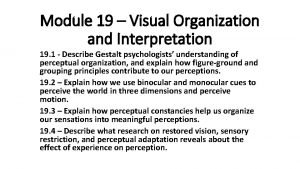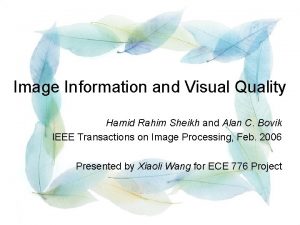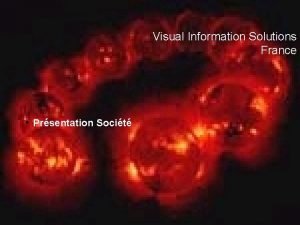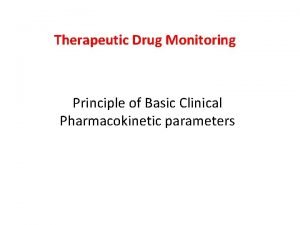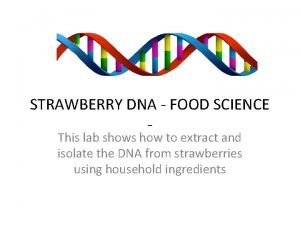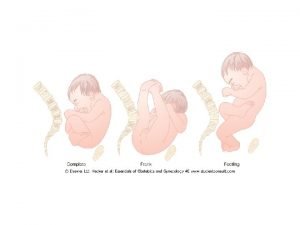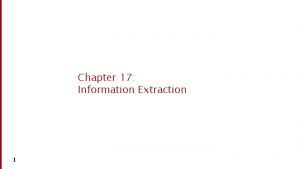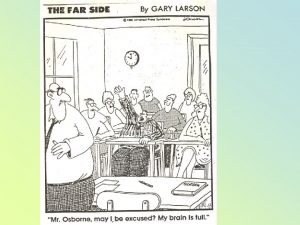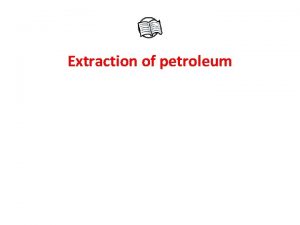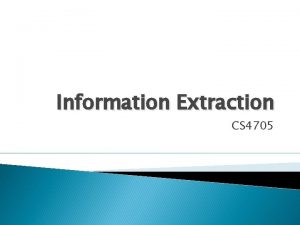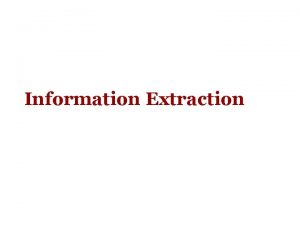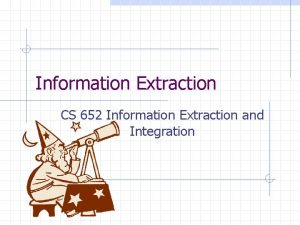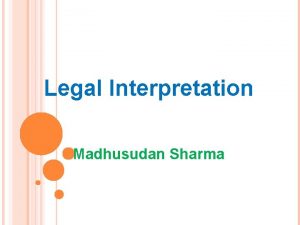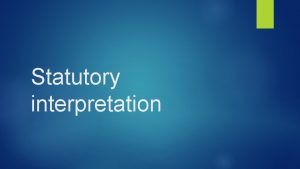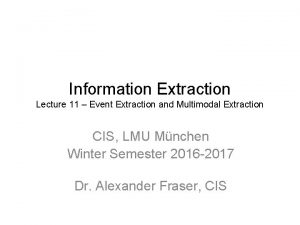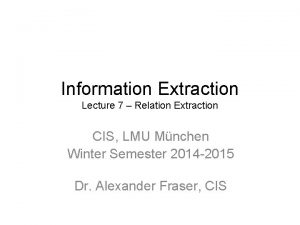Information Extraction Visual Quantitative Interpretation Interpretation Aims Geomorphometric





















- Slides: 21

Information Extraction • Visual • Quantitative: Interpretation

Interpretation: Aims • Geomorphometric analysis – General geomorphometry – Specific geomorphometry • Quality assessment – Error detection – DTM quality control

Geomorphometric Analysis • Derivation of geomorphometric parameters – General • Landform characteristics applicable to any continuous surface – Specific • Can be separated from adjacent parts using a clear criteria of delineation

General Geomorphometry • Defined at point and DTM facets (grids or triangles) • Used in classification, etc. • Types: – Slope and aspect – Convexity • Profile convexity: rate of change in gradient • Plan convexity: convexity of contours – Other: Local relief, drainage density, statistics of slope and aspect







Specific Geometry • Mainly features regarding hydrology – Point features: pits, peaks, etc. – Linear features: drainage channels, ridges – Areal features: drainage basins, hills, …

Procedure • Main steps – Topologically connect the parts into continuous network – Obtain descriptive attributes • Point features: comparing local elevation differences • Linear and areal features: using variant and recursive DTM climbing to find points belonging to specific channels or ridge links.

Drainage network

Extracting Drainage Network • • Flow direction determination Coding Accumulation Thresholding

Flow direction estimation • Single flow • Multiple flow

Coding Flow direction coding based on Arc/Info

Flow Accumulation and Thresholding

Quality Assessment • Error detection – Blunders – Systematic errors: in geometry and attribute • Quality control – Compare with reference data (control points, another DTM)

Error detection • Mainly visual with interactive editing – Perspective views – Slope maps – Superimposition • Today: towards automation • Conclusion: defining error and correcting them is a vital stage, without which data obtained from a DTM can not be trusted or used.

Error Check by Superimposition

Accuracy Empirical Approach DTM Check Points (X, Y, Z)i Interpolation Z at (X, Y)i Properties: • simple concept • convincing quality control • extra measuring effort • no generalization • no theoretical insight • not for planning Statistical Analysis
 Temporal information extraction
Temporal information extraction Key information extraction
Key information extraction Information extraction algorithms
Information extraction algorithms How does interpretation b differ from interpretation a
How does interpretation b differ from interpretation a Elements of photo interpretation
Elements of photo interpretation Size constancy
Size constancy Bryanna and charles are in a dancing competition
Bryanna and charles are in a dancing competition Pemrograman visual dan pemrograman konvensional
Pemrograman visual dan pemrograman konvensional Hamid rahim
Hamid rahim Dipti vaidya
Dipti vaidya Itt visual information solutions
Itt visual information solutions Vacuum extraction definition
Vacuum extraction definition Exodontia definition
Exodontia definition Linear pharmacokinetics
Linear pharmacokinetics Thar supercritical fluid extraction
Thar supercritical fluid extraction Strawberry dna extraction materials
Strawberry dna extraction materials Physical properties of metals
Physical properties of metals Serial extraction cd4
Serial extraction cd4 Practical extraction and report language
Practical extraction and report language Breech extraction
Breech extraction Water extraction montarra
Water extraction montarra Microwave assisted extraction
Microwave assisted extraction


